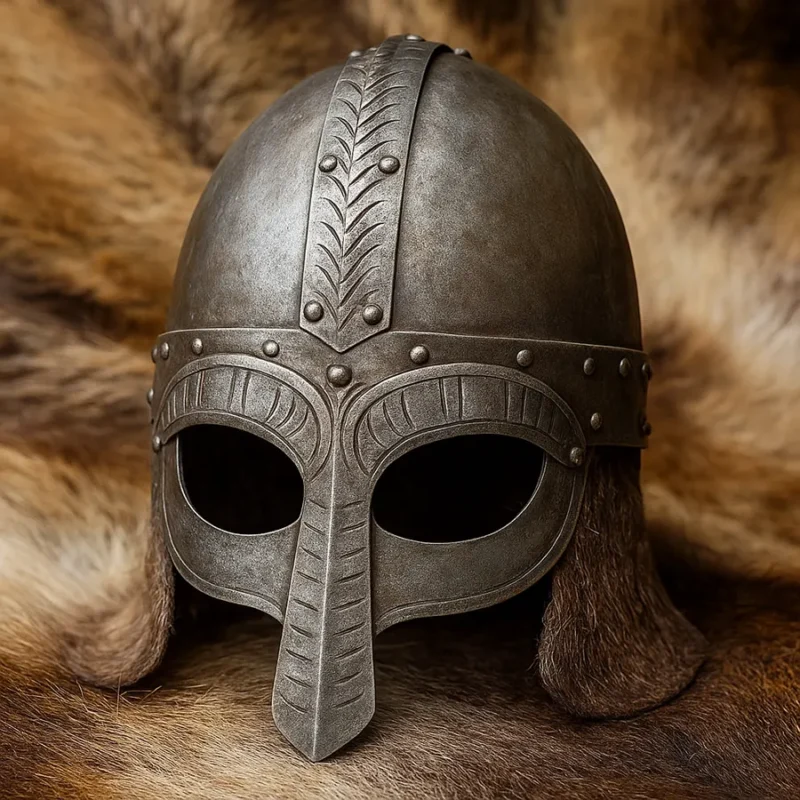Viking Blog
Vikings Helmet – 7 Fascinating Facts That Will Surprise You
Many people think of a Viking as a fierce warrior. They picture him charging into battle with a horned helmet. But this popular image—seen in movies, comics, and sports logos—is far from historical truth. The real Vikings helmet was a practical piece of armor built for survival, not spectacle.
Archaeology and Norse sagas help us see what these helmets looked like. They also show us their significance for the people who wore them. Here are seven fascinating facts about the Vikings helmet that might surprise you.
1. The Horned Helmet Is a Modern Myth
The horned Vikings helmet that dominates pop culture never actually existed. No archaeological find from the Viking Age shows horns on helmets. Costume designers created this image in the 1800s for Wagner’s opera, Der Ring des Nibelungen.
Real helmets were functional—simple, round, and designed for protection. A Viking with horns on his head would have been more likely to lose balance than to win battles.
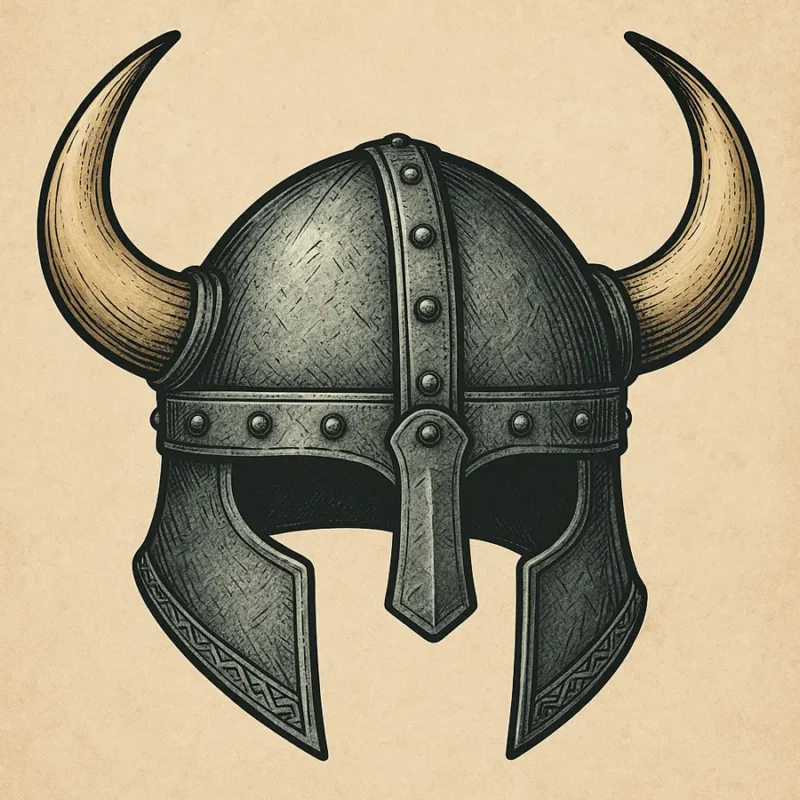
2. Only a Few Genuine Helmets Have Been Found
So far, archaeologists have uncovered only a handful of authentic Vikings helmets. The most famous is the Gjermundbu helmet, discovered in Norway in 1943. It dates to the 10th century and is the only Viking helmet ever found that is nearly complete.
Made of riveted iron plates, this armor has a rounded dome and a nose guard. It shows how practical Viking armor is.
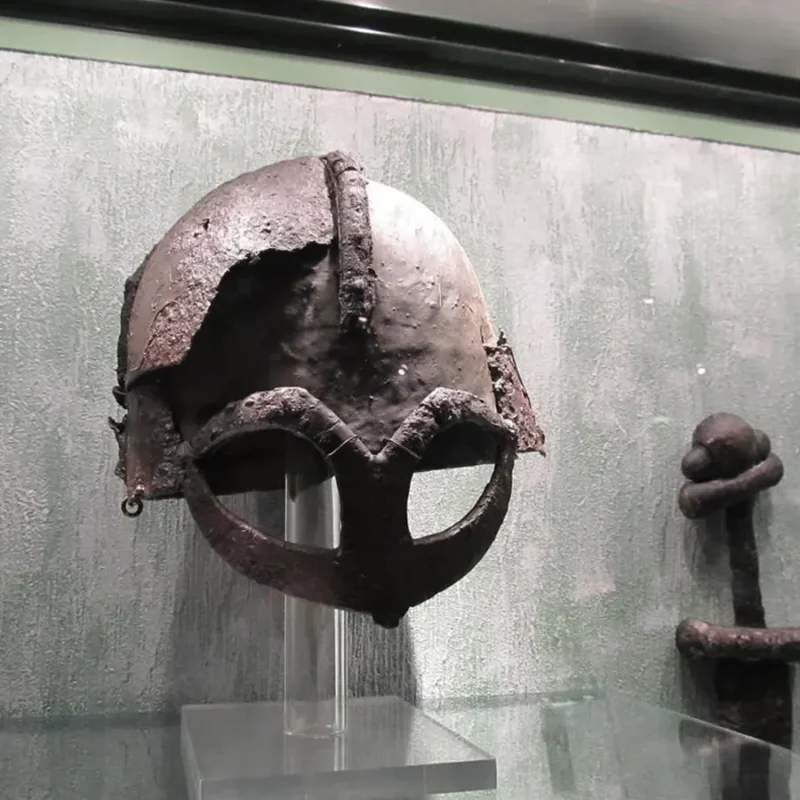
3. Helmets Were Rare and Expensive
A Vikings helmet was not something every warrior owned. Iron was expensive and hard to make. So, only the richest Vikings could buy full metal helmets.
Most common warriors relied on leather caps, wooden shields, and skill in combat. This scarcity is why complete Viking helmets are so rare in museum collections today.
4. They Were Crafted with Skill and Purpose
Craftsmen made Viking helmets using four iron plates. They joined these plates with rivets to create a rounded cap. It sometimes included chain mail or a leather lining for extra comfort.
Despite the simplicity, Viking craftsmen demonstrated exceptional skill. These helmets are perfect for long battles and sea raids. They balance weight and durability well.
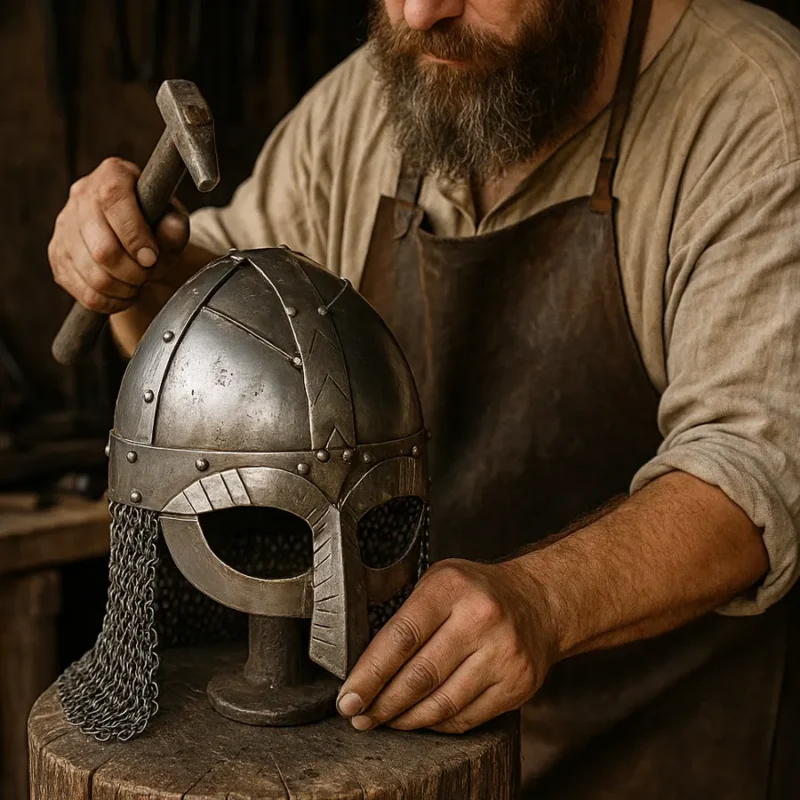
5. The Nose Guard Was the Viking Signature
One of the most distinctive features of the Vikings helmet was the vertical nose guard (nasal). It protected the face while leaving enough visibility for battle. This design became famous in Norse armor. It also inspired many medieval helmets that followed.
The nose guard wasn’t just for looks. It helped warriors survive sword strikes and flying arrows.
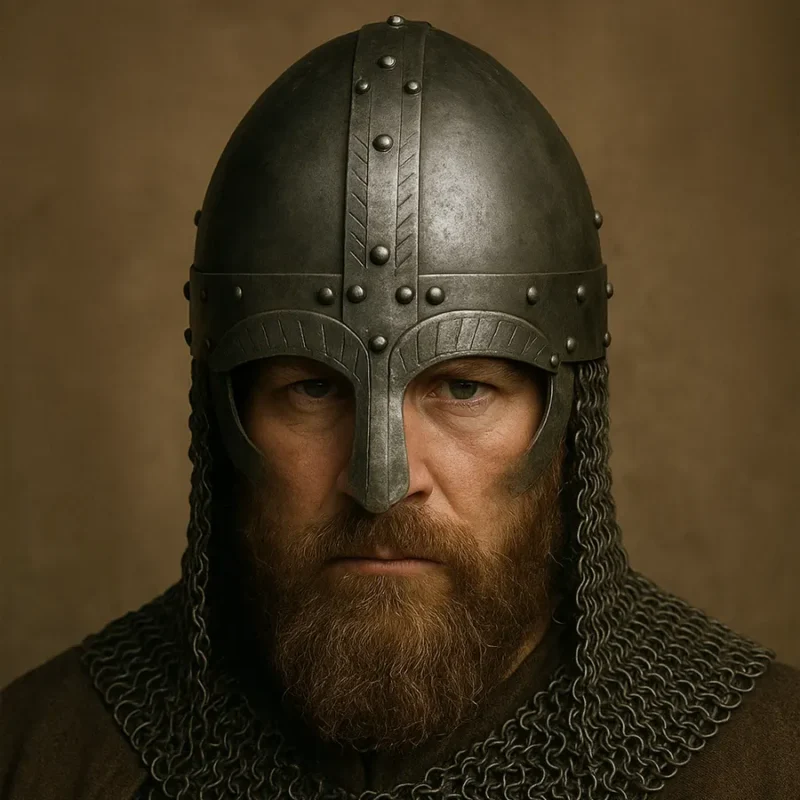
6. Helmets Had Spiritual and Symbolic Meaning
The Vikings helmet was more than physical protection—it carried symbolic value. Some helmets went into burial mounds. They symbolized strength and safe passage to Valhalla.
Decorative elements, such as animal motifs and engraved patterns, stood for courage, loyalty, or the blessings of Odin. A helmet was both armor and a mark of identity.
7. The Vikings Helmet Became a Global Icon
Horned helmets never existed. However, the Viking helmet is a famous cultural symbol around the world. It represents power, bravery, and exploration. You can see it in sports mascots, movies, tattoos, and festivals.
The modern “horned” look may not be historically accurate, but it shows how Viking imagery changes and inspires new generations.
How the Vikings Helmet Fit the Warrior’s Gear
The Vikings helmet was only one part of a warrior’s equipment. Chainmail shirts, round shields, axes, and swords completed the set. Together, these items reflected a warrior’s rank and readiness for battle.
Helmets protected the head, which is the most vulnerable part in combat. This made them crucial for Viking survival and success in battles.
Why the Vikings Helmet Still Captivates Us
The Vikings helmet is fascinating because it lies between history and legend. The real helmets display Viking skill and creativity. In contrast, the horned versions show how later cultures idealized the Norse spirit.
The Viking warrior still stands as a symbol of courage, adventure, and endurance. With a gleaming helmet and axe in hand, they represent strength and bravery. In museums and movies, the helmet symbolizes human resilience. It also shows our lasting fascination with the North.
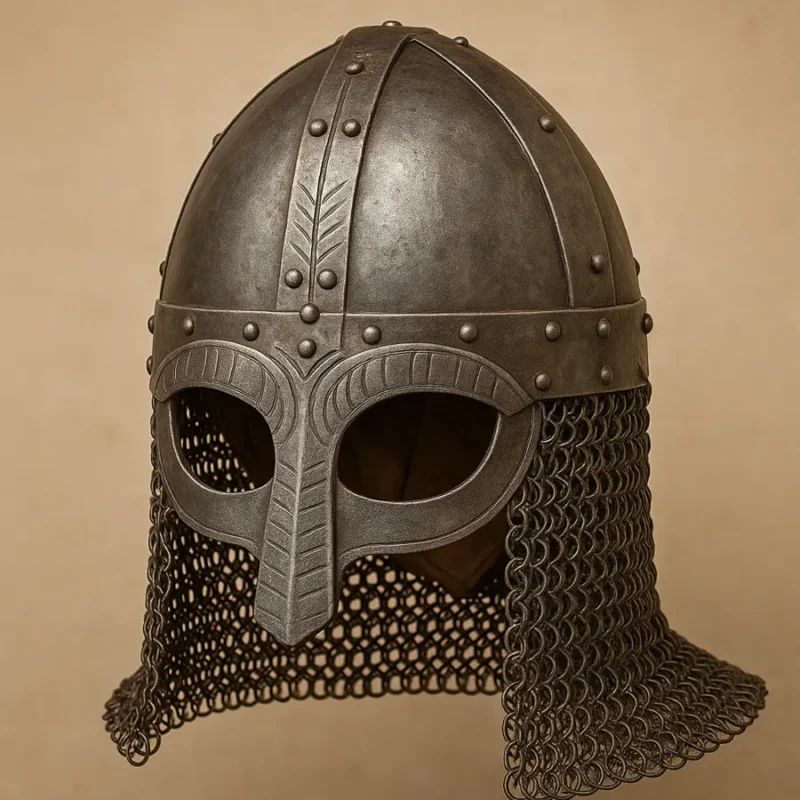
Conclusion – The Truth Behind the Vikings Helmet
The Gjermundbu iron cap and modern horned helmets show the Viking story. They blend history with imagination.
Real Vikings valued function, strength, and craftsmanship over looks. Their helmets were tools of survival and symbols of power, not costumes of myth.
Next time you spot a horned helmet at a festival or in a movie, remember this: real Viking helmets symbolized skill, bravery, and the warrior spirit of Norse fighters.

